Most "Demand Gen"
Is Just Noise
In The Journey
....
Leads? You can buy those.
Pipeline? That’s a different story.
Demand generation should align strategy, messaging, and execution so marketing drives revenue—not random activity.

Why Most Demand-Gen
Efforts Fail
....

Without a clear B2B demand generation strategy, execution becomes reactive. Lead gen becomes expensive. Sales becomes frustrated.
Why Most Demand-Gen
Efforts Fail
....
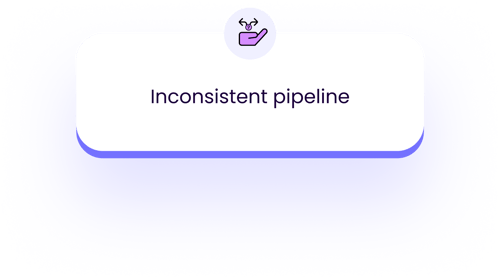
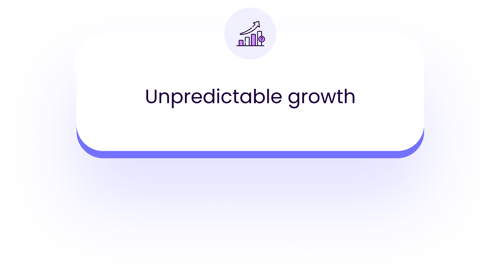
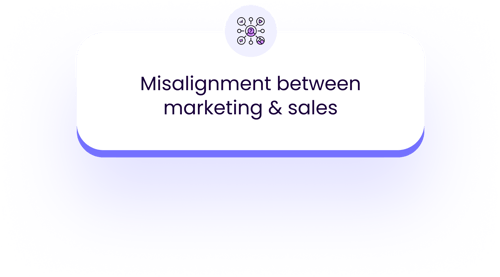
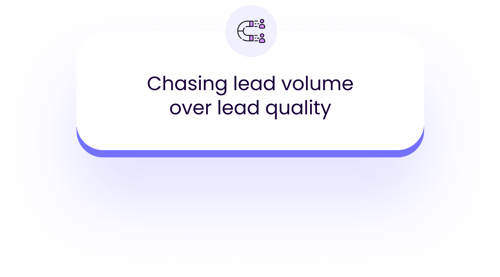
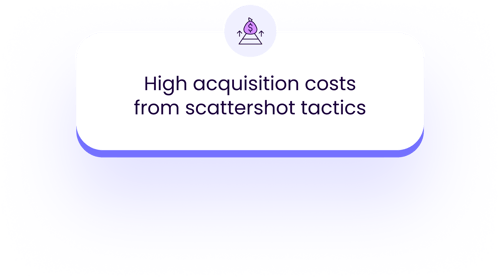
Without a clear B2B demand generation strategy, execution becomes reactive. Lead gen becomes expensive. Sales becomes frustrated.
A Full-Funnel
Marketing
Strategy That
Works
....
When strategy drives execution, marketing becomes a multiplier—not a cost center. Success depends on aligning go-to-market strategy, messaging, and execution across four key pillars:
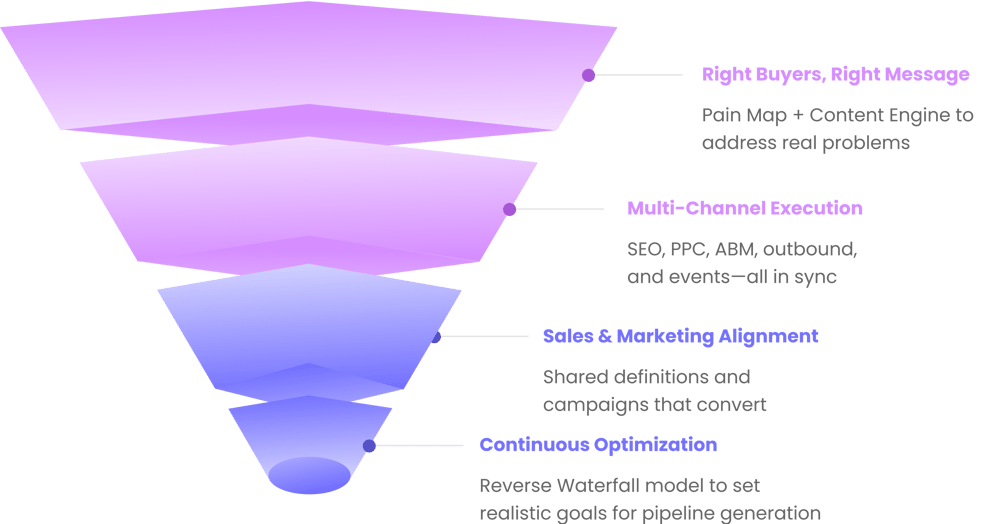
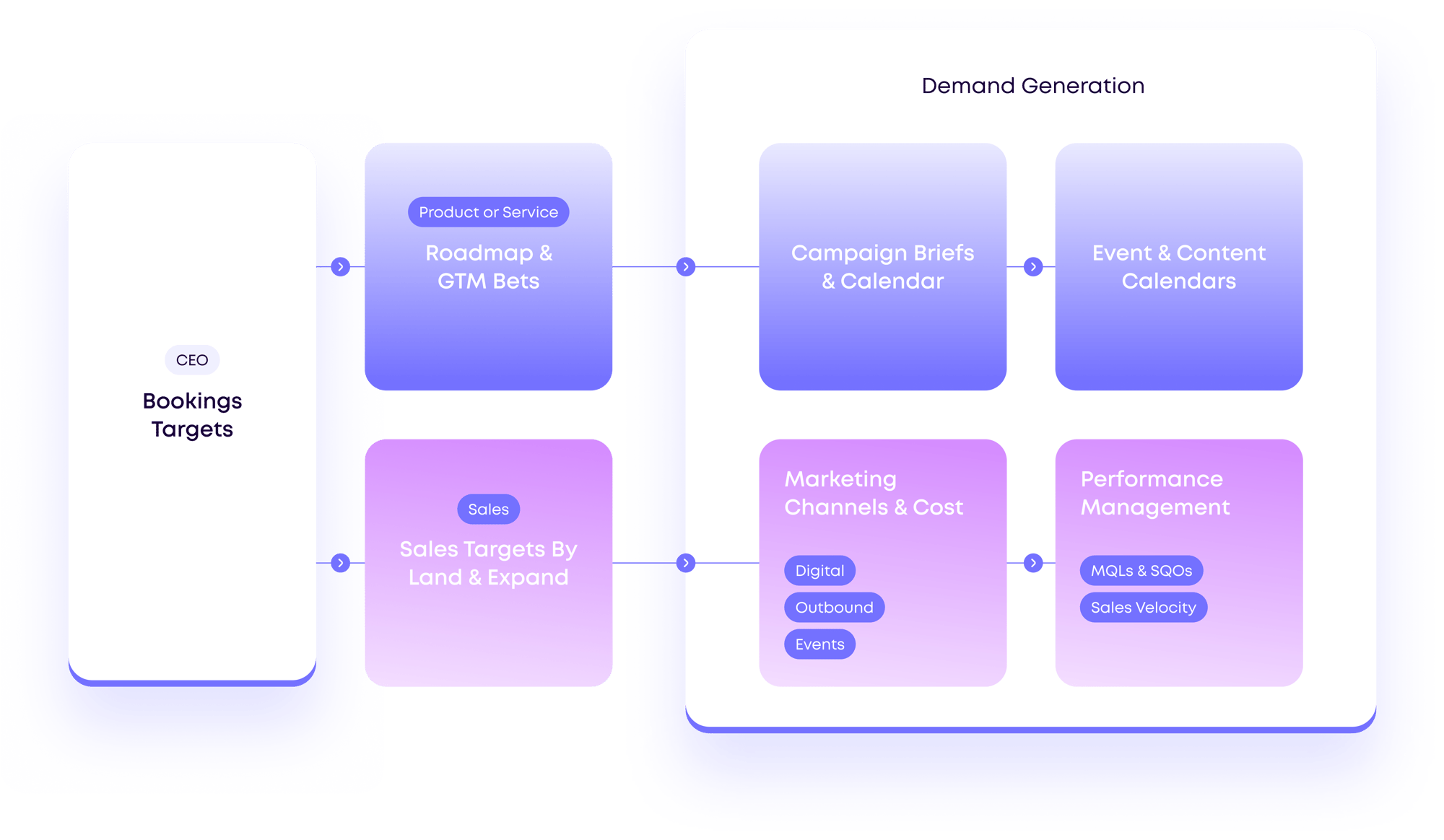


Why Clients
Switched
....
“Outcome Marketing helped us deliver a predictable and scalable pipeline, enabling us to reach +200% revenue growth years in a row.”
Ulrick Monberg
Founder & CEO ARPEDIO

Why Clients
Switched
....
“Outcome Marketing is the most comprehensive view of how to run and organize a modern B2B SaaS marketing team”
Rick Collins
VP Demand Gen CONNECTWISE

Why Clients
Switched
....
“Outcome Marketing is a practical handbook that every marketing leader should have, whether you're new to the field or aiming to elevate your skills. The clear examples and exercises make it an easy-to-follow guide, filled with insights from experienced marketers who've been through it all. There's no need to reinvent the wheel—follow this book's roadmap. It's informative but also engaging and entertaining, making it a delightful read.”
Jessica Johnston
VP Marketing EDUCATION ADVANCED

Why Clients
Switched
....
“This thing is filled with gems! I thought I knew something about marketing. This book filled in a lot of gaps and slotted it all into a solid framework. Read it.”
Kingston Duffie
Founder & CEO NAVU
Reverse Waterfall
Planning
....
Most pipeline goals are wishful thinking. A bottom-up plan changes that:
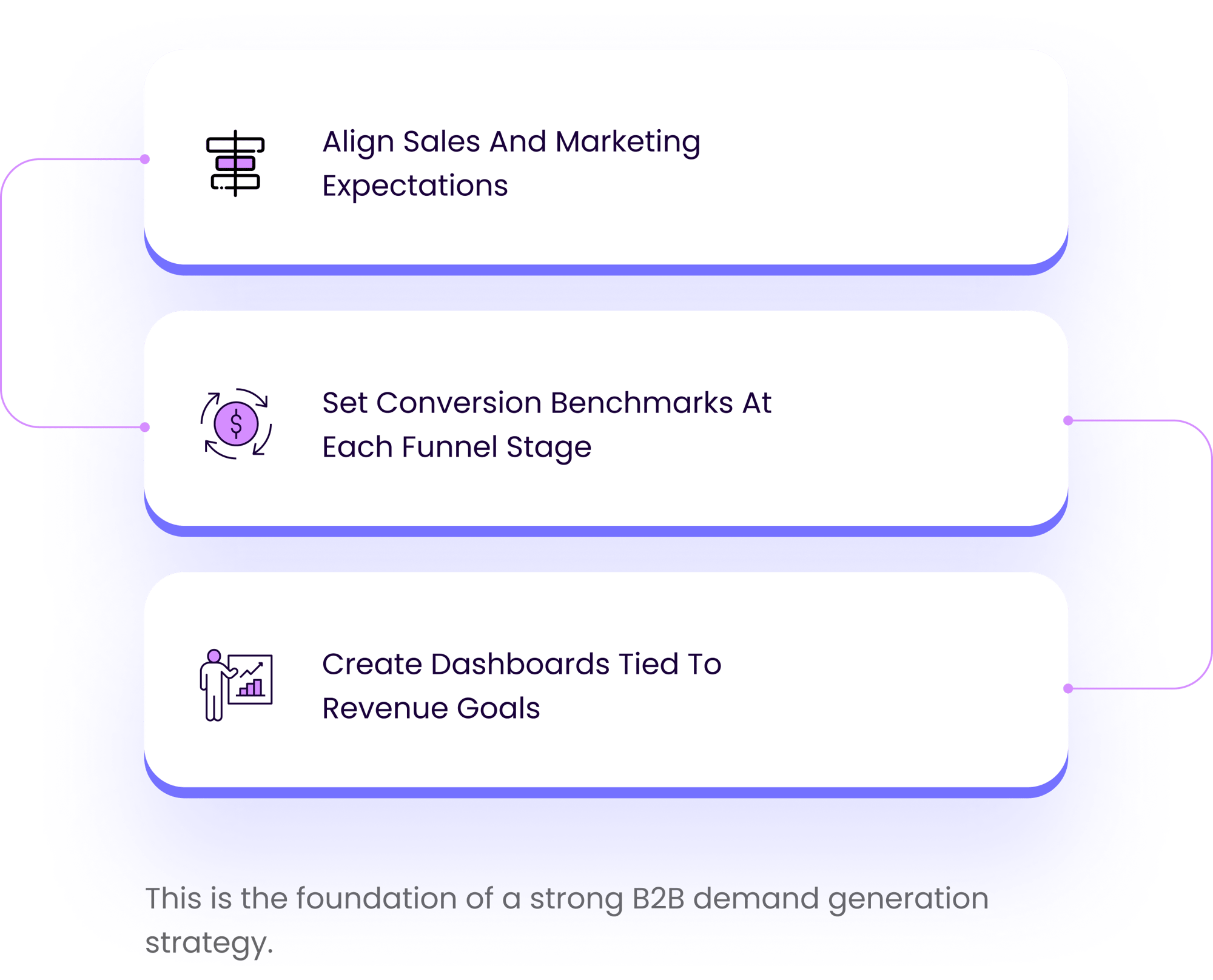
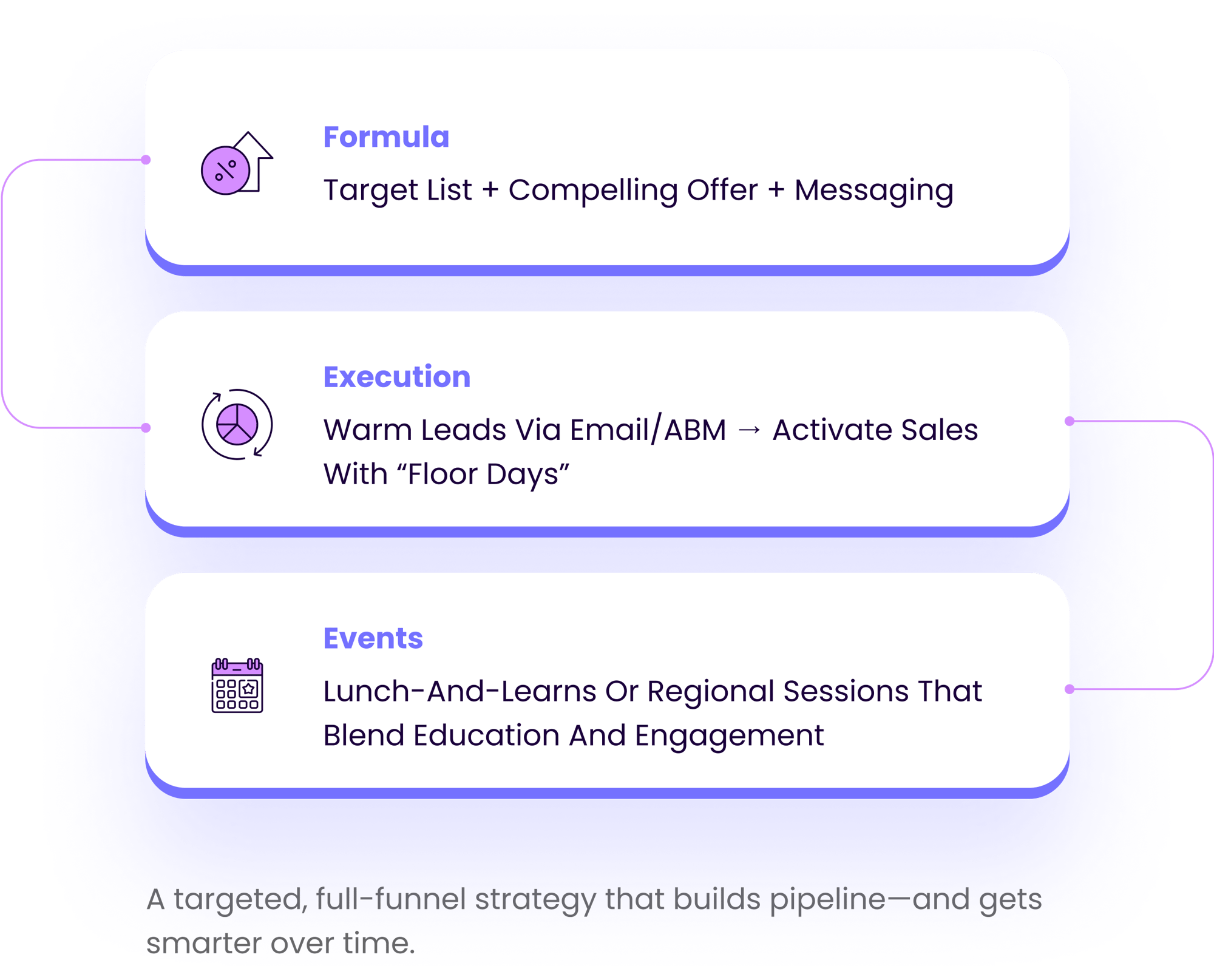
Sales Campaigns
and Events
....
Most companies treat sales and marketing as separate lanes—and lose momentum in the handoff. Sales campaigns fix that.
Frequently
Asked Questions
....
Frequently Asked Questions About Demand Generation
-
What’s the difference between lead gen and demand gen?
Lead gen captures interest. Demand gen creates it—while aligning with long-term growth and revenue goals
-
How long does it take to see results?
You’ll see early indicators in 60–90 days. Full-funnel impact builds over quarters.
-
Who should be involved in customer journey mapping?
Cross-functional participation is essential. Include representatives from Marketing, Sales, Success, Support, and Product. Each brings a different view of the customer—and no single team sees the full journey.
-
What’s best for B2B demand gen?
Problem-first content, coordinated campaigns, and tight alignment with sales.
-
Is this for SMBs or larger companies?
t’s perfect for SMBs—especially those ready to scale and make smarter bets.


